Baby Feeding Essentials List Everything You Need to Know
Discover the comprehensive Baby Feeding Essentials List Everything You Need to Know, featuring expert advice, must-have items, and practical tips for successful feeding. Whether you’re a new parent or a seasoned caregiver, this guide has you covered.
Table of Contents

Introduction:
Welcome to the ultimate guide on everything related to feeding your baby. From essential gear to nutritional tips, this article covers all aspects of baby feeding to ensure a smooth and enjoyable experience for both you and your little one.
Understanding Baby Feeding Basics
Feeding your baby is more than just providing sustenance; it’s a bonding experience that fosters growth and development. Learn the fundamental principles behind successful baby feeding to lay a strong foundation for your parenting journey.

Choosing the Right Feeding Method
Explore the various feeding methods available, including breastfeeding, formula feeding, and combination feeding. Each method has its benefits and considerations, so it’s essential to choose one that suits your lifestyle and preferences.
Creating a Comfortable Feeding Environment
Discover how to set up a nurturing and comfortable feeding environment for you and your baby. From choosing the right feeding chair to creating a soothing ambiance, small adjustments can make a significant difference in your feeding routine.

Selecting the Best Feeding Gear
Investing in the right feeding gear can streamline the feeding process and enhance comfort for both you and your baby. Explore a curated selection of feeding essentials, including bottles, nipples, breast pumps, and feeding pillows.
Navigating Baby Feeding Challenges
Address common feeding challenges such as latching difficulties, reflux, and nipple confusion with practical strategies and expert tips. Overcoming these obstacles ensures a smoother feeding experience for you and your baby.
Optimizing Baby’s Nutrition
Unlock the secrets to providing optimal nutrition for your baby’s growth and development. From understanding infant dietary needs to introducing solid foods, this section covers everything you need to know about nourishing your little one.
Establishing Healthy Feeding Habits
Learn how to establish healthy feeding habits from the start to promote balanced eating patterns and prevent feeding-related issues. Consistency, patience, and responsive feeding practices are key to fostering a positive feeding relationship with your baby.

Baby Feeding Essentials List: Everything You Need to Know
Embark on your baby-feeding journey fully equipped with the essential items you’ll need. From feeding bottles to bibs, this comprehensive list covers all the must-have gear to make feeding time a breeze.
Bottles and Nipples
Invest in high-quality bottles and nipples designed to mimic the natural breastfeeding experience. Look for features such as anti-colic vents and slow-flow nipples to reduce air intake and prevent feeding discomfort.
Breast Pump
For breastfeeding mothers, a reliable breast pump is indispensable for expressing milk and maintaining milk supply. Choose between manual and electric pumps based on your pumping needs and preferences.

Formula
If you opt for formula feeding or combination feeding, ensure you have an ample supply of infant formula on hand. Select a formula that meets your baby’s nutritional requirements and consult with your pediatrician if you have any concerns.
Feeding Pillow
A supportive feeding pillow can alleviate strain on your arms and back during feeding sessions. Look for a pillow with a comfortable yet firm design to provide optimal support for both you and your baby.
Bibs and Burp Cloths
Keep messes at bay with a collection of bibs and burp cloths to protect your baby’s clothes and surfaces from spills and spit-ups. Opt for soft, absorbent materials that are gentle on your baby’s skin.
High Chair or Feeding Chair
As your baby transitions to solid foods, a sturdy high chair or feeding chair becomes essential for safe and convenient mealtimes. Choose a chair with adjustable features and easy-to-clean surfaces for added convenience.

Feeding Utensils
Introduce your baby to the world of solid foods with a set of baby-friendly feeding utensils, including spoons, forks, and silicone feeding mats. These utensils are designed with safety and ease of use in mind.
Storage Containers
Invest in a set of storage containers for storing breast milk, formula, and homemade baby food. Choose containers that are BPA-free and freezer-safe for long-term storage convenience.
Sterilizer
Maintain a hygienic feeding environment by regularly sterilizing feeding equipment, bottles, and pacifiers. A steam sterilizer offers a quick and efficient way to kill bacteria and ensure your baby’s safety.
Feeding Tracker
Keep track of your baby’s feeding schedule, diaper changes, and growth milestones with a dedicated feeding tracker. Whether it’s a digital app or a printable chart, monitoring your baby’s progress can provide valuable insights into their health and development.
Teething Toys
As your baby grows, teething toys become essential for soothing sore gums and promoting healthy oral development. Choose toys made from safe, non-toxic materials and supervise your baby during use.
Feeding Cover
For nursing mothers who prefer privacy while breastfeeding in public, a feeding cover provides discreet coverage and allows for comfortable nursing anywhere, anytime.
FAQs (Frequently Asked Questions)
How often should I feed my baby? Babies have varying feeding needs based on their age and individual appetite. In general, newborns may feed every 2-3 hours, while older babies may go longer between feeds. Pay attention to your baby’s hunger cues and feed on demand.
How do I know if my baby is getting enough milk? Monitor your baby’s weight gain, diaper output, and feeding behavior to assess milk intake. Signs of adequate milk intake include steady weight gain, frequent wet diapers, and contentedness after feeds.
When should I introduce solid foods to my baby? The American Academy of Pediatrics recommends introducing solid foods around 6 months of age, when your baby shows signs of readiness such as sitting up unassisted and displaying interest in food. Start with single-ingredient purees and gradually progress to a variety of textures.
What should I do if my baby refuses to breastfeed or bottle-feed? If your baby refuses to breastfeed or bottle-feed, try different feeding positions, offer a calm and nurturing environment, and seek support from a lactation consultant or pediatrician if the issue persists. It’s essential to address feeding aversions promptly to ensure your baby receives adequate nutrition.
How can I prevent colic and reflux during feeding? To prevent colic and reflux during feeding, hold your baby in an upright position during and after feeds, burp your baby frequently, and avoid overfeeding. Additionally, consider using anti-colic bottles and pacing feeding sessions to reduce air intake and minimize discomfort.
What should I do if my baby has allergies or intolerances to certain foods? If your baby has allergies or intolerances to certain foods, consult with your pediatrician to determine the appropriate course of action. They may recommend allergy testing, dietary modifications, or specialized formula options to manage your baby’s condition effectively.
Conclusion:
Feeding your baby is a rewarding and fulfilling experience that requires patience, care, and preparation. By following the advice and recommendations outlined in this guide, you can navigate the intricacies of baby feeding with confidence and ease, ensuring the best possible start for your little one.
Share this content:

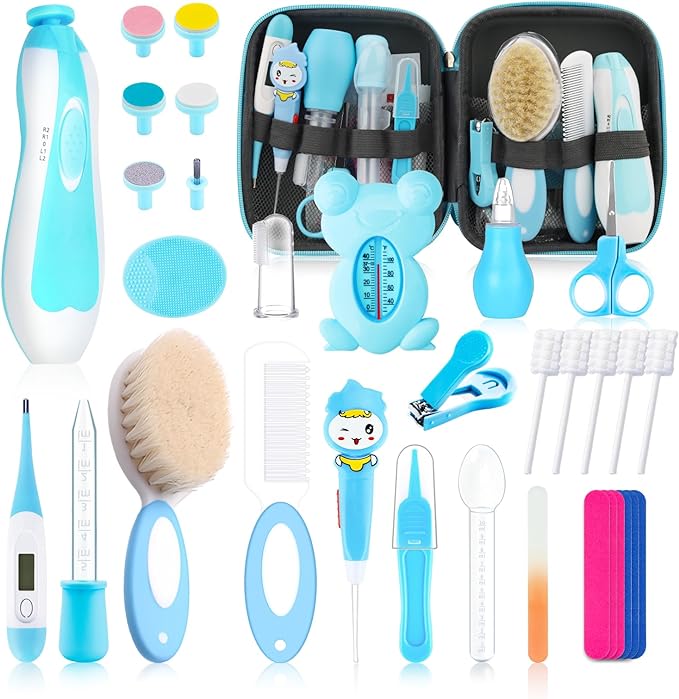
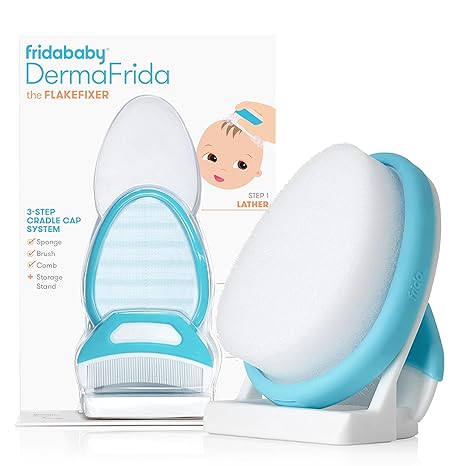
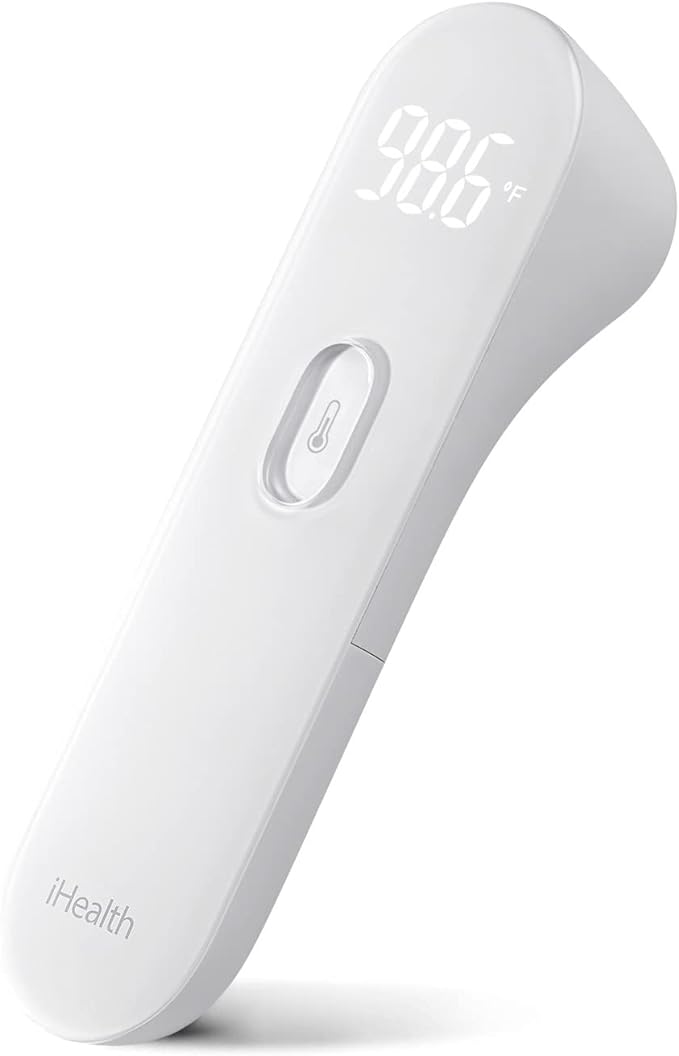
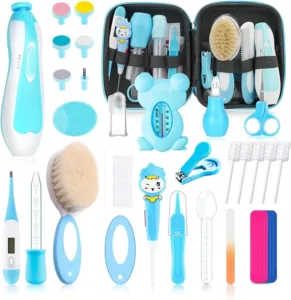
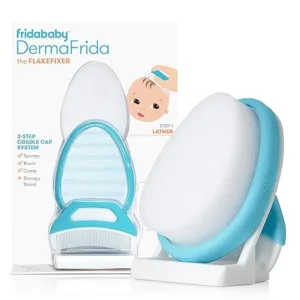


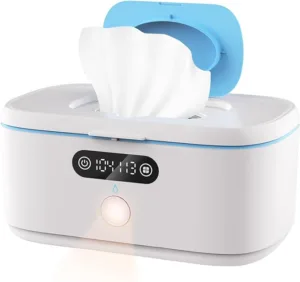
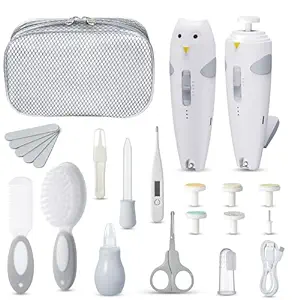



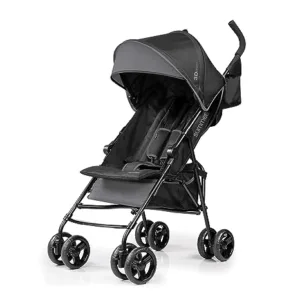
Post Comment